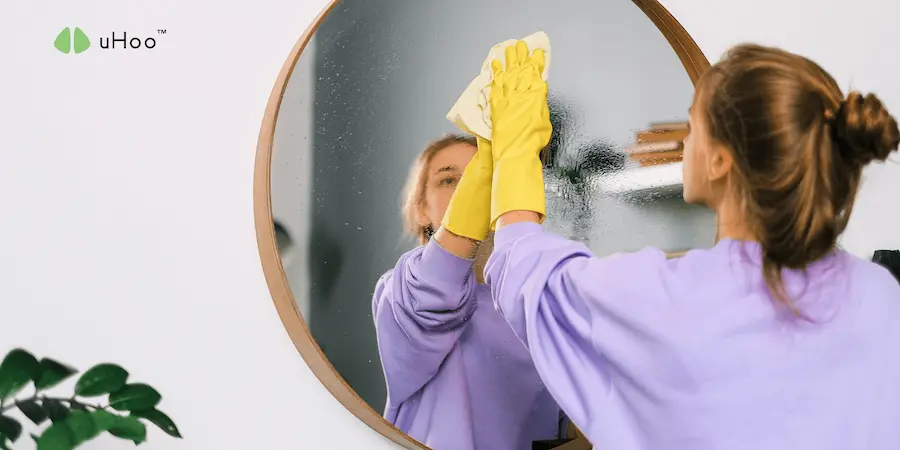For families battling allergies, the home should be a sanctuary, a place of respite from the triggers that plague their daily lives. But often, our homes become unwitting harbors for allergens, with dust playing a starring role in the discomfort.
It’s not just about a little sneezing; for those with severe allergies, dust can trigger debilitating symptoms, impacting sleep, concentration, and overall quality of life. Creating an allergy-proof home starts with understanding the insidious nature of dust and implementing effective control measures.
Dust, in its seemingly innocuous form, is a complex cocktail of allergens. It’s a mix of dead skin cells, pet dander, pollen, mold spores, dust mite droppings, and countless other microscopic particles. These allergens, when inhaled or come into contact with sensitive skin, can trigger a cascade of reactions.
For children with allergies, this can mean missed school days and disrupted sleep. For adults, it can mean reduced productivity and a constant struggle to breathe easily.
The problem is that dust is pervasive. It settles on every surface, from carpets and upholstery to bedding and curtains. And every movement, every breeze, stirs it back into the air, creating a constant cycle of exposure. This is particularly problematic in bedrooms, where we spend a significant portion of our time, and in children’s play areas, where they are often in close contact with carpets and fabrics.
Effective dust control involves a multi-pronged approach:
Regular cleaning: Consistent cleaning is essential.
HEPA-filtered vacuuming: Use a HEPA-filtered vacuum to trap small allergens.
Damp dusting: Dust with damp cloths to prevent allergens from becoming airborne.
Hot water washing: Frequently wash bedding and curtains in hot water to eliminate dust mites.
Minimize dust sources:
- Opt for smooth, washable fabrics instead of heavy curtains and plush carpets.
- Regularly groom pets and clean pet bedding to reduce dander.
- Minimize clutter to reduce dust accumulation surfaces.
HEPA air purifiers: Use air purifiers with HEPA filters to remove airborne allergens.
Humidity control: Maintain proper humidity levels to prevent exacerbated allergy symptoms.
However, even with diligent cleaning and filtration, it can be challenging to assess the actual allergen levels in your home. This is where an uHoo air quality monitor becomes an invaluable tool. It provides real-time data on particulate matter (PM2.5 and PM10), which are key indicators of airborne allergens. The uHoo monitor also tracks humidity levels, allowing you to ensure optimal conditions for allergy relief.
By monitoring these metrics, you can gain concrete evidence of how your dust control measures are impacting your home’s air quality. You can identify areas where dust levels are consistently high and adjust your cleaning routine accordingly. The uHoo monitor empowers you to take a proactive, data-driven approach to allergy-proofing your home, creating a safe and comfortable haven for your family.

